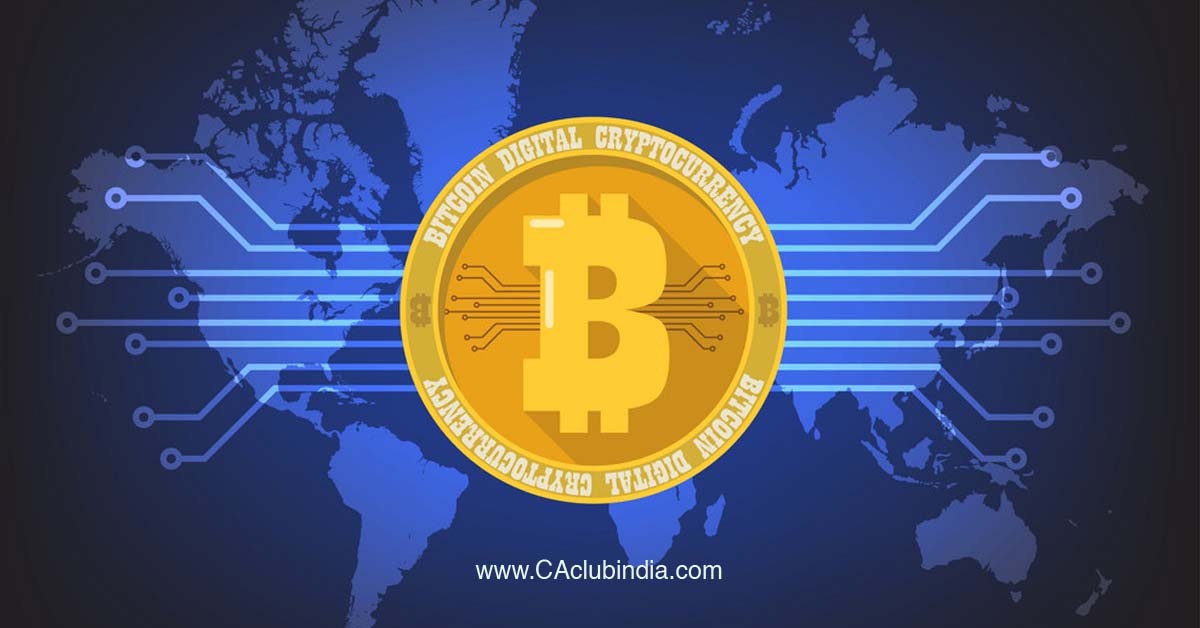The term "cryptocurrency" must have come up at least once in a conversation with your classmates, coworkers, or lecturers these days, but do you truly know what it means and where it came from? Fear not, since the financial club is here to provide you with an in-depth look at this concept.
Let's go back in time and speak about the genesis of money. They employed the barter system in the caveman era in which products and services were exchanged for each other, but many of us are aware that it is no longer in use due to various shortcomings, some of them being
- Requirements must coincide for it to take place.
- It lacks a consistent metric for valuing things.
- Not all things are easily transportable.
- Certain goods cannot be divided or subdivided

Moving ahead currency through certain alterations - In 110 BC an official currency was minted, in 1250AD gold plated florins were introduced and were initially mainly being used in Europe and finally in 1600 AD - 1900AD there was a widespread use of paper currency hence leading to the existence of modern currency. Modern currency mainly include-
- Paper currency
- Credit Cards and Digital Wallets(like Paypal, Paytm, Apple pay etc.)
One must keep in mind that when making online transactions, things might go wrong for a variety of reasons, such as a technical difficulty on the bank's end or a user's account being hijacked. As a result, cryptocurrency is the future.
Imagine a transaction with two people in the future. One of them has the bitcoin app and a notification pops up asking whether they are sure that they are ready to transfer 10 bitcoins, if they select yes, processing takes place.
Nowhere does the app authenticate the identity and checks whether they have enough balance to make the transaction or not. Once that is done the payment is transferred and received by the other person. The fun fact is that all this happens in mere minutes and it is a very simple go-to procedure.
This further removes all the problems of modern banking as well as there is no central point of failure. As of January 2021, more than 4000 cryptocurrencies are available and of course, we have some popular ones which are
- Bitcoin (BTC
- Dogecoin (DOGE)
- Ethereum (ETH)
- Litecoin (LTC)
- Cardano (ADA)
- Polkadot (DOT)
When it comes to the precise definition of cryptocurrency, it is a virtual currency that is used as a medium of exchange. It differs from the real-world currency in that it does not have a physical manifestation.
Cryptography is used to ensure that the system operates correctly and efficiently.
It is a method of encryption and decryption that is used to ensure secure communication. It consists of a computational algorithm, a public key (which acts as the user's digital identity), and a private key (which is a digital signature that the user keeps to themselves)
Cryptocurrency stands out of the blue for certain reasons-
- It hardly has any cost of transitions
- You have access to money at any time of the day which isn’t the case when it comes to other means
- With bare minimum paperwork, almost any and everyone can use it
- Moreover, it makes international transactions a lot faster (mobile transfer usually takes half a day for the transfers while with cryptocurrencies the time can come down to mere minutes.)
Future of Cryptocurrency
When it comes to the concept and use of cryptocurrencies, the globe is divided. People like Bill Gates, Al Gore, and Richard Branson believe that this is where the future rests and that its presence can achieve wonders, while scholars like Warren Buffet, Paul Krugman, and Richard Schiller see it as a Ponzi scheme and a potential source of criminal behaviour in the near future.
It's safe to assume that there will be debates over its regulation and anonymity. It is expected that within the next 8-9 years, it will account for at least a quarter of all national currencies by 2030. It will have a volatile nature and its acceptance by merchants and customers will surely increase to a much greater extent which means prices will continue fluctuating like the last few years.









 CAclubindia
CAclubindia
